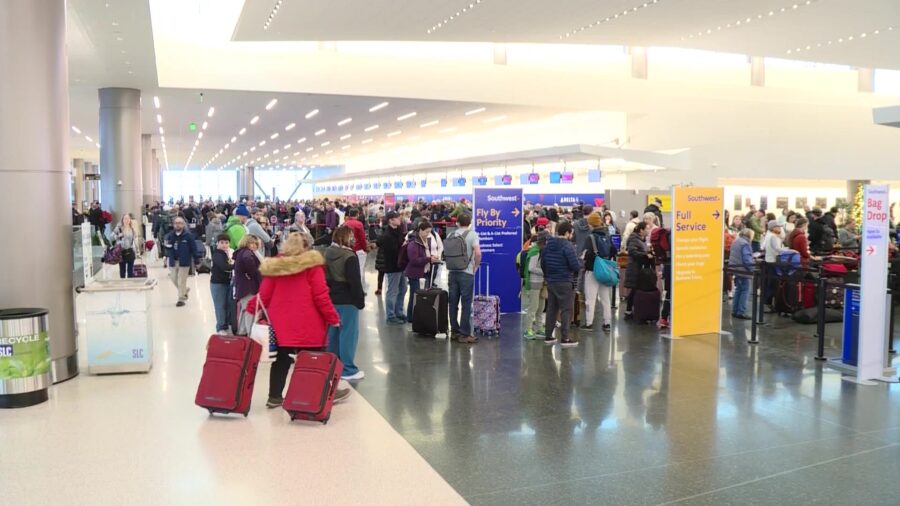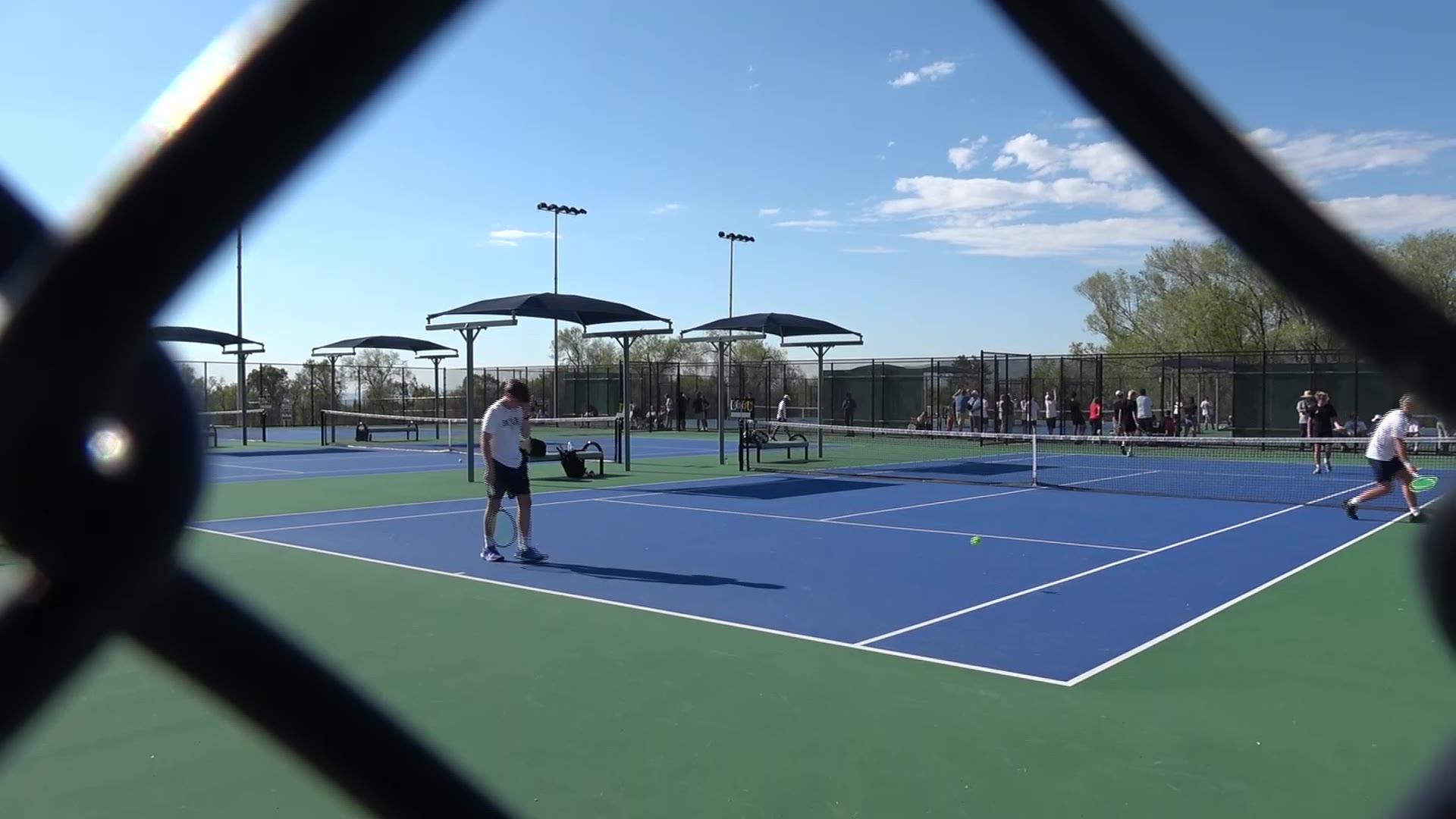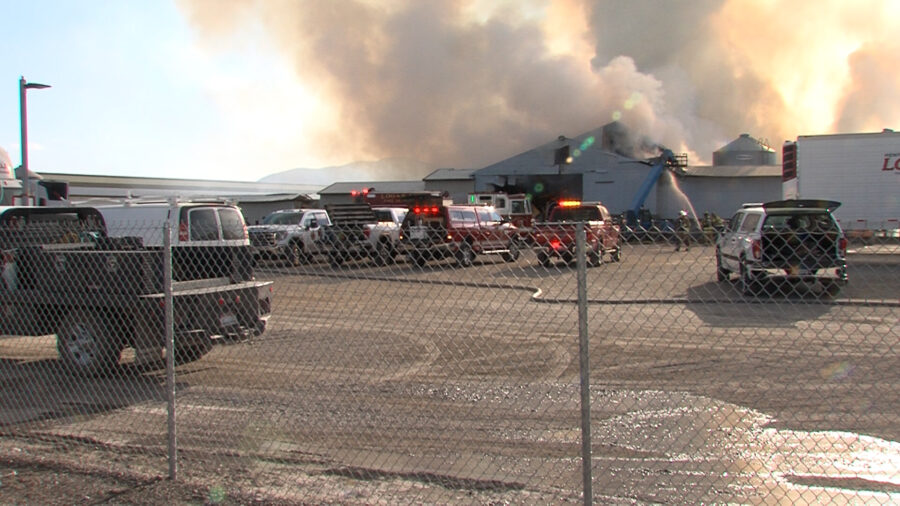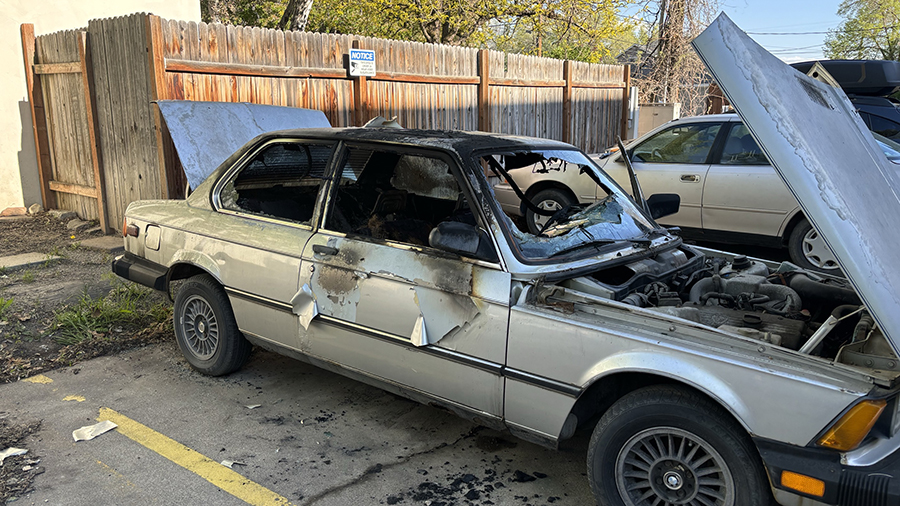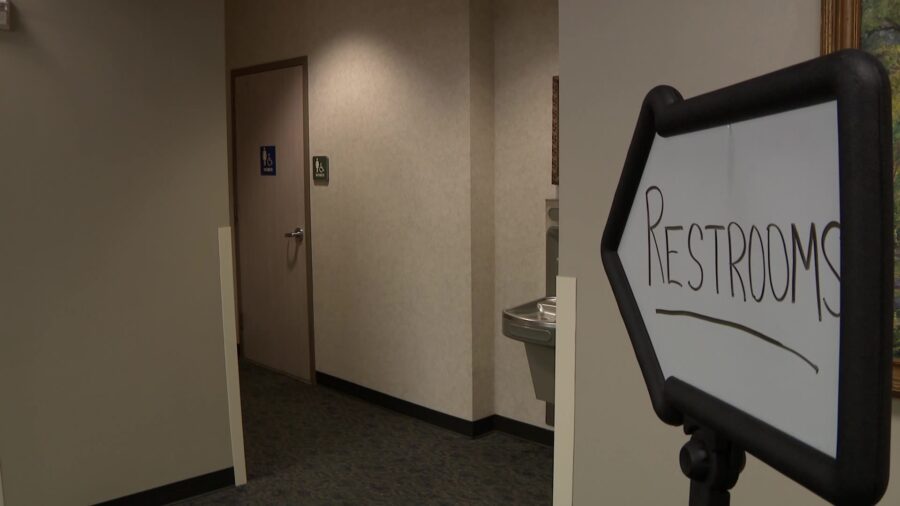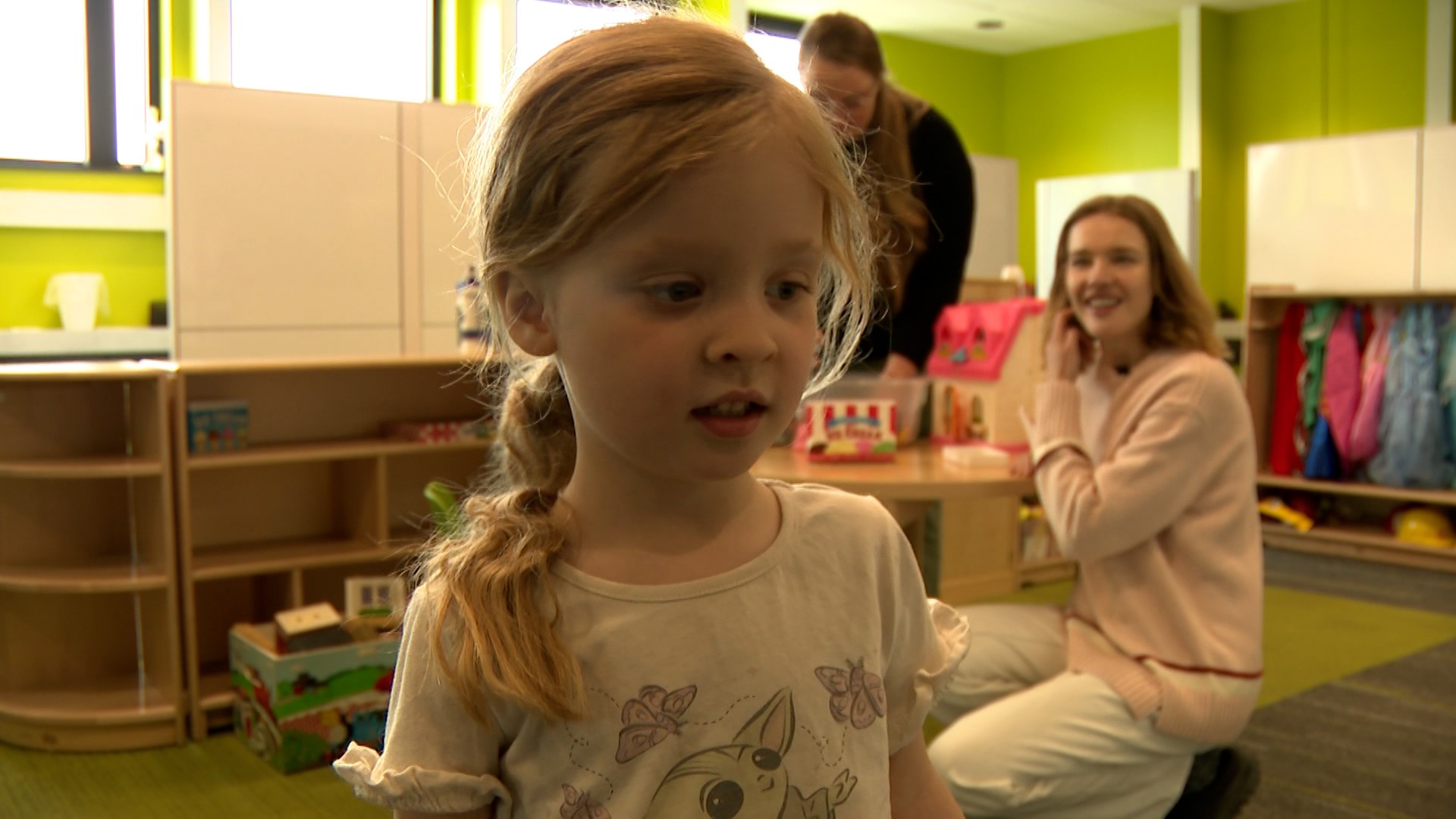Gun Range Fire. Snoqualmie Fire. How Do These Wildfires Get Their Names?
Sep 3, 2019, 1:44 PM
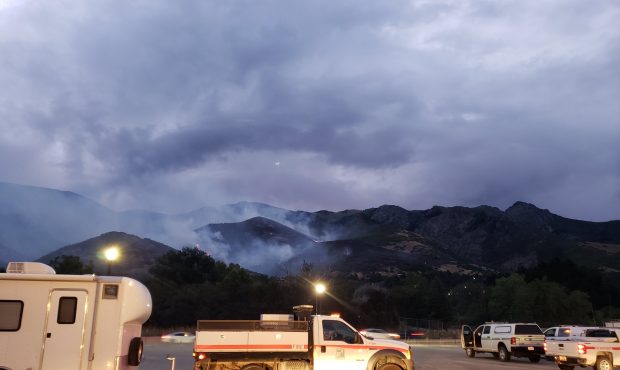
Photo: Ladd Egan
SALT LAKE CITY, Utah – Two fires in as many weeks had some people wondering where the wildfires’ names came from.
Some people assumed the Gun Range Fire, which destroyed several homes in Bountiful and forced the evacuation of hundreds of others, was named because it was caused by a firearm on a gun range. In Layton, the Snoqualmie Fire had others questioning why a wildfire would be named after a city in the state of Washington.
It turns out fires are simply named after something near where it is believed to have started.
In a 2015 interview with NPR, national park ranger Betsy Haynes said wildfires are named by fire authorities based on things such as a local landmark, a street name, a mountain or a lake.
Last year, the New York Times devoted a piece to the art of naming wildfires, noting that “quickly coming up with a label provides firefighters another way to locate the blaze and allows officials to track and prioritize incidents by name.”
“In most cases, the dispatch center sending the initial resources to a wildfire gets to name it,” according to the NYT report,”but sometimes that task falls to the first fire personnel on the scene …”
That means fire names aren’t usually something groups of people mull over for long periods of time. Naming the fire is done fast — so firefighters can identify it in their efforts to put it out or monitor it.
In the case of Layton’s Snoqualmie Fire, for example, fire authorities named it after a nearby street: Snoqualmie Drive. And as for the Gun Range Fire? The blaze was sparked in the vicinity of the Bountiful Lions Gun Range — hence the name.

